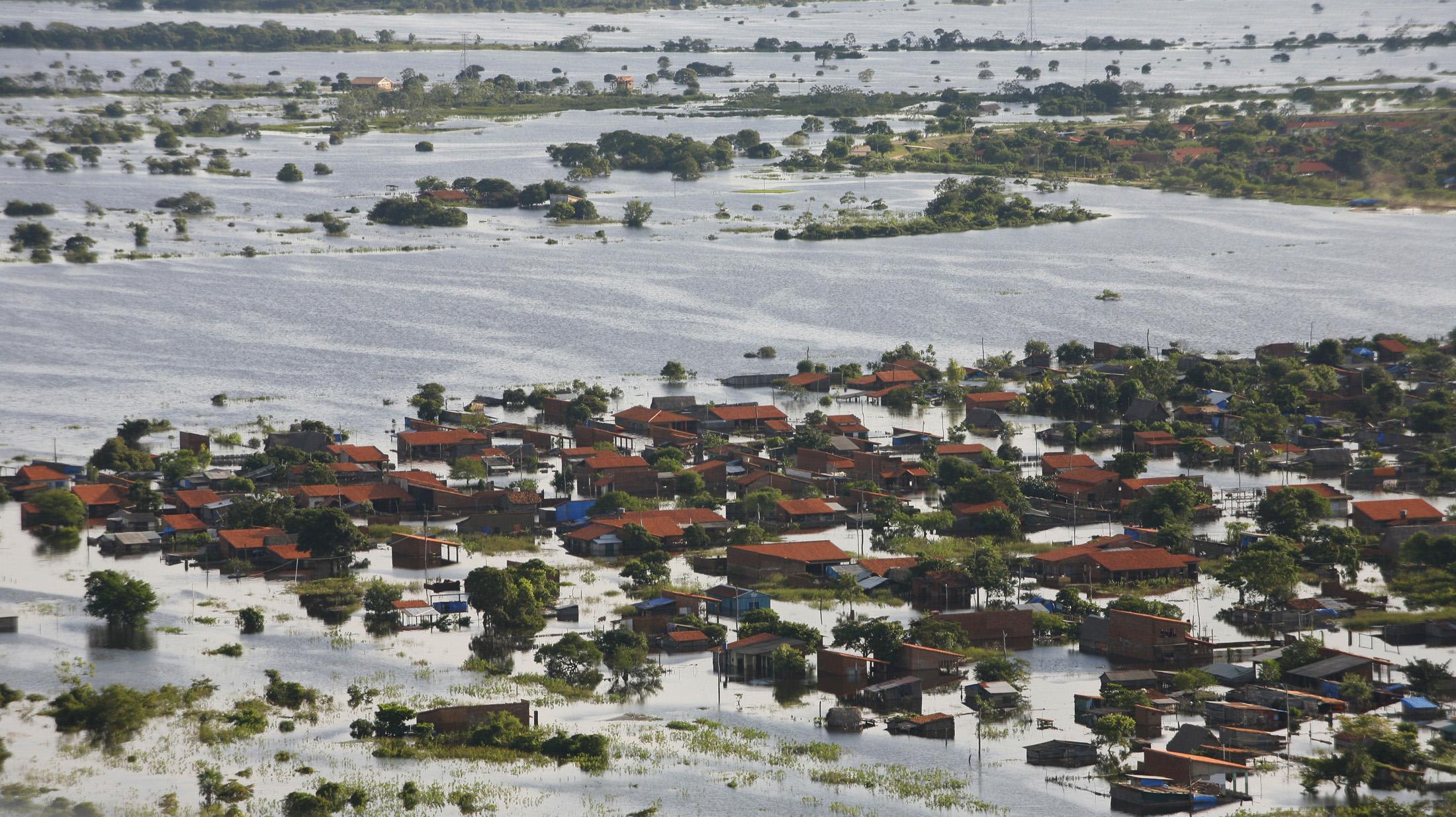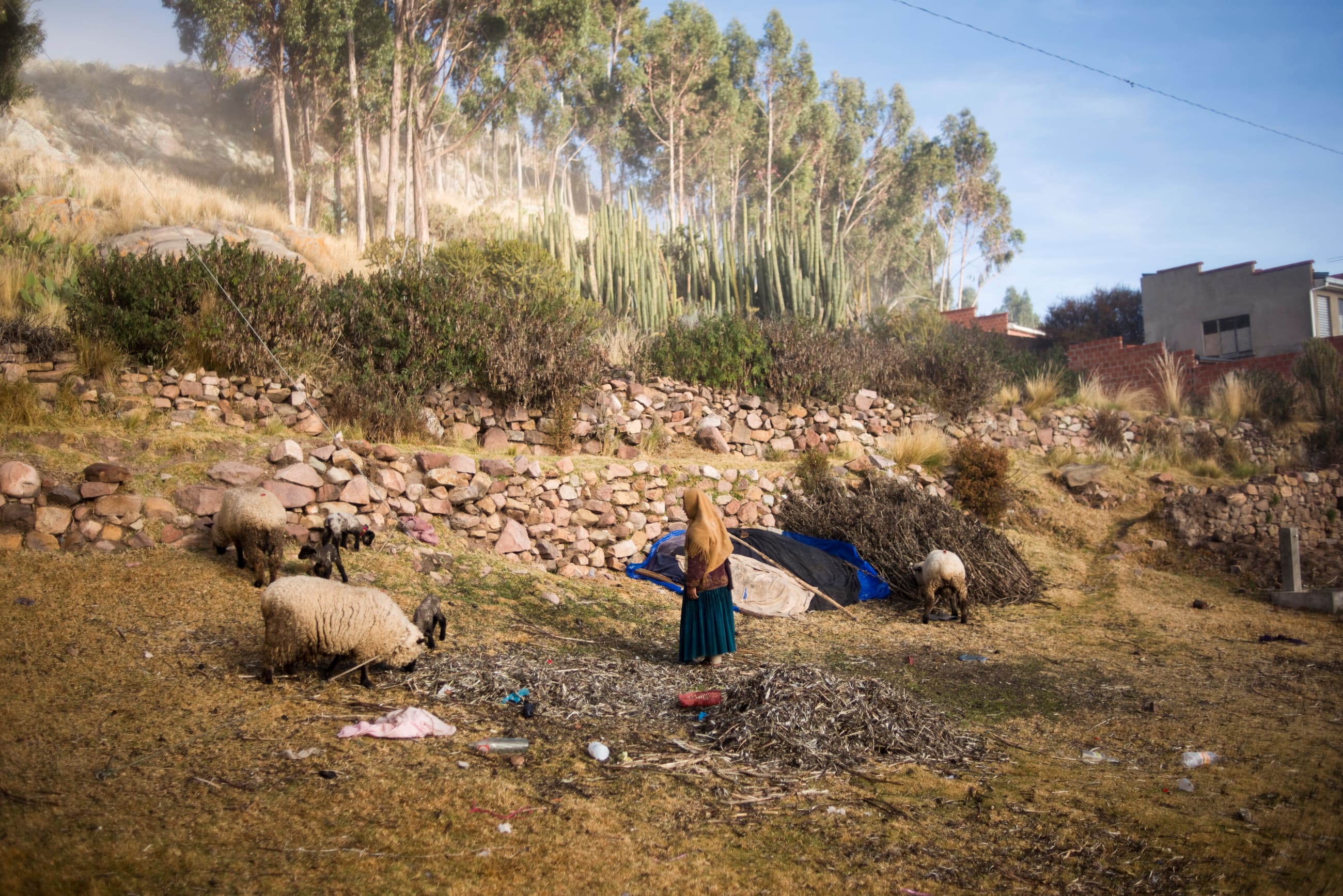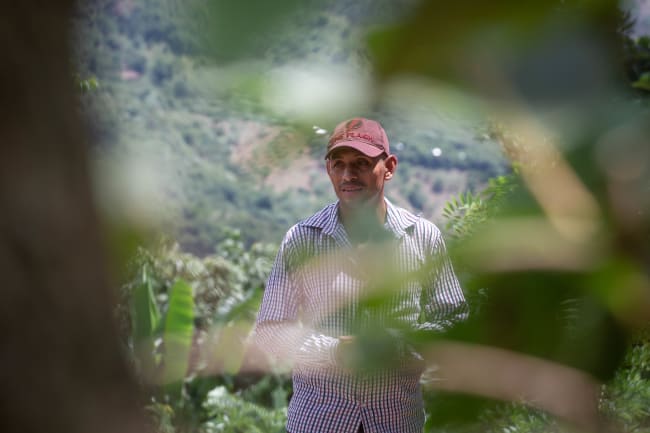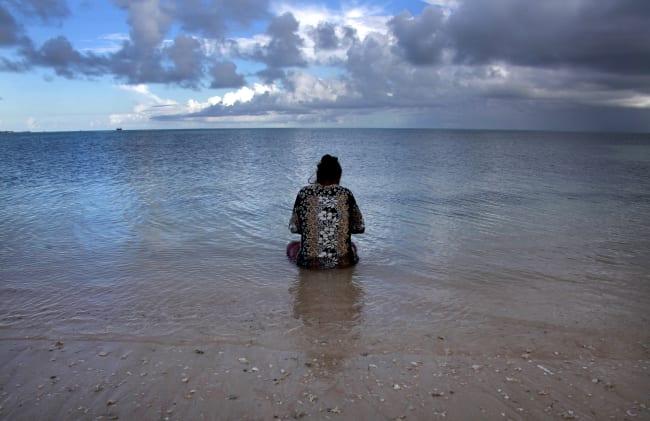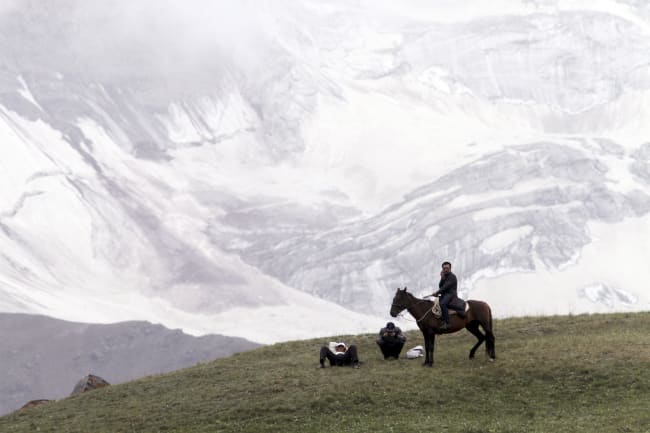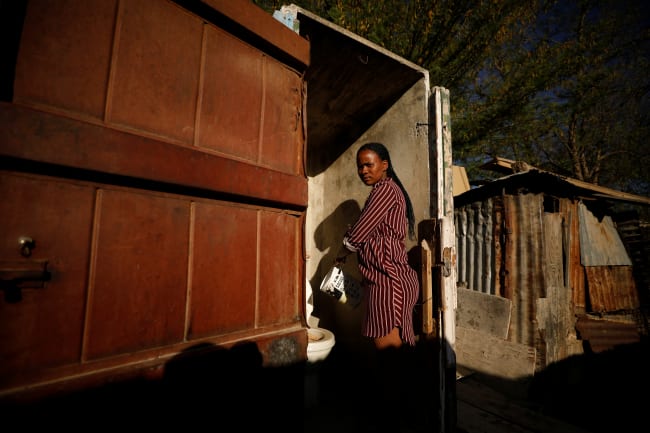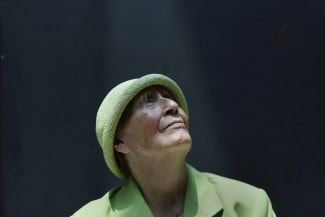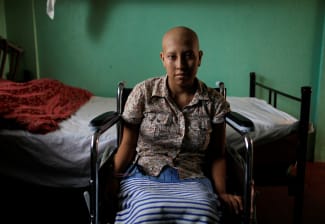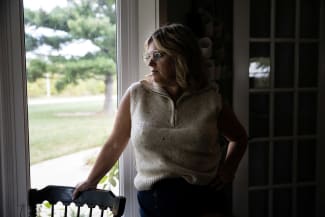Imagine having to zip-line to visit the doctor's office. Patients in Bolivia's Amazon Basin live this reality. Centro Medico Susan Hou, located in Palacios, Santa Cruz, has implemented such a zipline system to ensure that patients can reach health-care services during times of flooding, a direct response to Bolivia's changing weather patterns and the life-threatening conditions that climate change poses to accessing health care in rural communities.
Community health worker programs are vital to improving health-care access, but without direct action climate change will undermine their progress in rural Bolivian communities.
Community health workers (CHW), or promotores, have become common in rural Bolivia to improve health-care delivery. According to the World Health Organization, Bolivia is now one of three countries in the region that has more than 30% of health-care workers engaged in community health initiatives.
Centro Medico Susan Hou has its own system of promotores who are residents from each of the communities it serves. They provide blood pressure and blood sugar checks, refer patients to the clinic when their vitals are at dangerous levels, offer educational seminars, distribute medications, and provide home visits. Their work is invaluable in ensuring that even people in the most remote areas have access to health care.
When the weather is bad, we can't do our job. Patients won't visit our headquarters in heavy rain, and it's also unsafe for us to visit people's homes
Climate change, however, threatens their work. María, a patient at the clinic recruited and trained as a promotora comments, "When the weather is bad, we can't do our job. Patients won't visit our headquarters in heavy rain, and it's also unsafe for us to visit people's homes."
Given the rising frequency of extreme weather events, the essential work of community health workers is becoming increasingly disrupted, hindering their ability to provide consistent care to those who need it most.
Climate Change, Infrastructure, and Barriers to Health Care
For more than two decades, Centro Medico Susan Hou has served 14 rural communities outside Santa Cruz and connected to them by a bridge. In January 2021, however, severe flooding destroyed the bridge, preventing many patients from accessing the clinic. In response, the clinic developed an innovative zipline system to transport patients and supplies.
"It was very difficult for elderly people or for those who were very sick," explained Gabriela Justiniano Abella, the clinic coordinator. Patients also attempted to cross the rivers on foot when the water was low, but heavier rains have made that option increasingly dangerous.
"When the rain comes, it comes a lot heavier now," said Angelica, a patient at the clinic who has lived in the region for 70 years. "The water is up to your waist, sometimes your ribs. It's dangerous to cross it."
According to the Global Climate Risk Index 2021, Bolivia is the country most vulnerable to climate change in South America and the tenth most vulnerable in the world. In 2024, the department of Santa Cruz, home to the Amazon rainforest, issued a state of emergency on the basis of extreme weather events. In 2023, the country experienced devastating droughts that caused record-low water levels both throughout the Amazon and in Lake Titicaca, as reported by the World Meteorological Organization. In 2024, Bolivia saw its most severe wildfire season on record, with more than 15 million hectares (150,000 square kilometers) burned, an area similar to Tunisia.
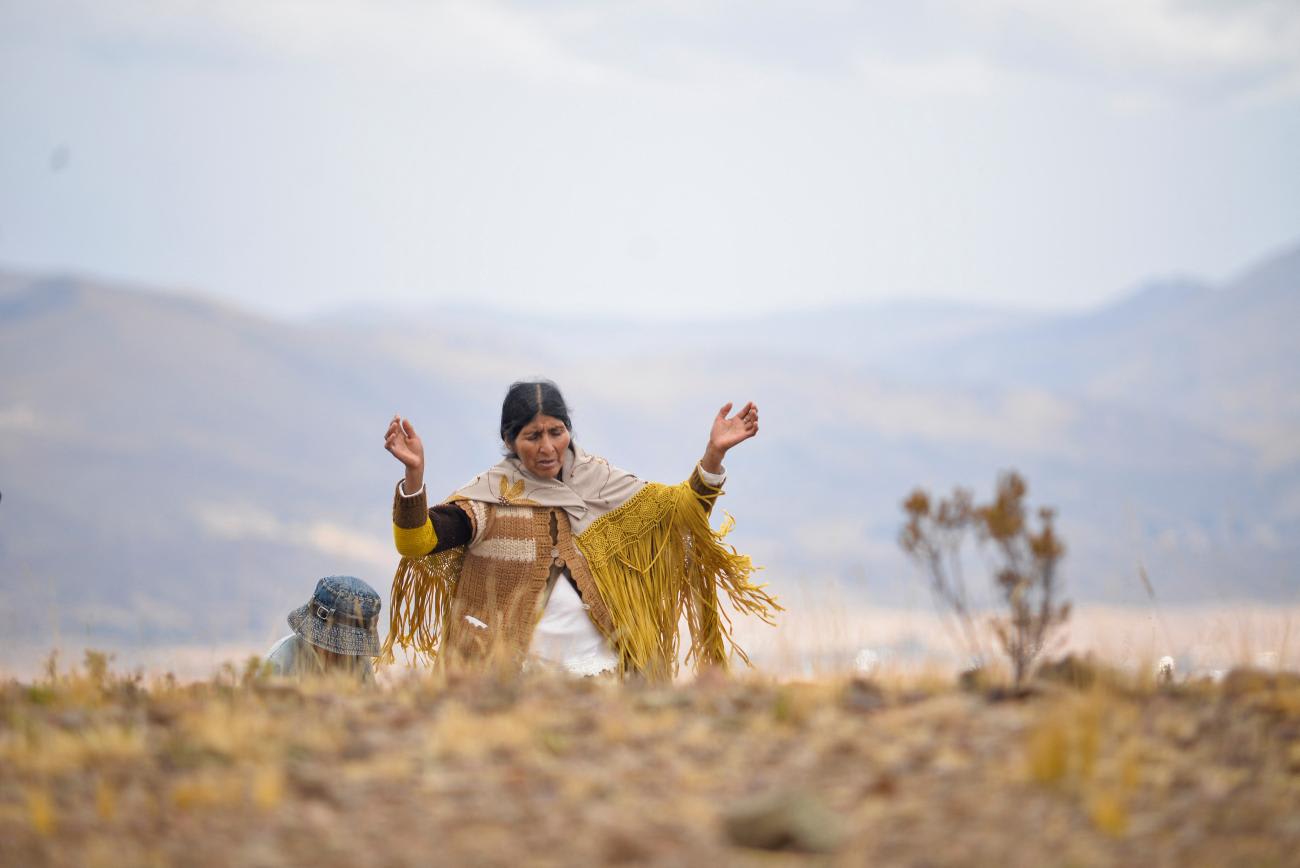
Between November 2023 and February 2024, driven by unprecedented patterns of El Niño, the weather took an abrupt turn from drought conditions to heavy rains, causing fatal floods and landslides across the country.
Beyond the immediate consequences that included the destruction of homes, crops, and the tragic loss of lives, those dramatic weather changes have significantly disrupted health-care access.
In one tragic instance, an elderly woman from a neighboring community was injured while attempting to cross a flooded river. "She was trying to cross when something got stuck in her foot," Nieve, her neighbor and a patient at Centro Medico Susan Hou, said. Because of her age and injury, crossing the river again to seek medical care was a major challenge. As her condition worsened, driven by the urgency of the situation, she had no choice but for her son to carry her across the high waters. By the time she reached health care, the wound had become infected, ultimately leading to the amputation of her foot.
Another patient, Luz, described her own frightening experience. "I was crossing the river with my husband to get to the clinic. The water was so cold, and with my weak heart, I started to pass out. Luckily, my husband was there to grab my hand. But, who knows what would've happened if I were alone?" Isabela, a patient with type 2 diabetes, also commented, "One time I needed insulin from the clinic, but the rain was so heavy I couldn't get there." In the meantime, promotoras monitored her blood sugar levels. Isabella was eventually able to receive the medication, but her experience underscores how climate change can disrupt timely care for patients in rural areas, which is especially dangerous for those with chronic conditions such as diabetes.
Centro Medico Susan Hou is currently rebuilding the collapsed bridge, using donations to fund the project. The financial strain, however, remains significant and is exacerbated by Bolivia's rising construction costs, which are due to an inflation crisis. Although the causes of the crisis are multifaceted, climate change has been a contributing factor. Bolivia's inflation rate rose from 2.12% in December 2023 to nearly 10% in December 2024. The economy, which relies heavily on natural gas exports and agribusiness, has been hit hard by falling gas revenues. Agribusiness also faces increasing instability from climate-driven droughts, floods, and fires. As a result, climate change damages the routes necessary for safe and reliable health-care access—and places significant challenges on infrastructural development that could improve those conditions.
Climate change damages the routes necessary for safe and reliable health-care access—and places significant challenges on infrastructural development
These challenges are present across Bolivia. In March 2024, floods triggered landslides in the regions of Beni, La Paz, and Pando, causing widespread destruction and leaving more than 150,000 people facing critical health-care needs. In the Cobija municipality of Pando, for example, a major health-care facility was severely damaged, resulting in the loss of medicine and supplies; a fully equipped rehabilitation center for people with disabilities was also destroyed.
Role of Community Health Workers in Health-Care Access
The impacts of climate change have made it clear that now, more than ever, robust health systems are needed to respond to these challenges. In regions such as rural Bolivia, where health-care infrastructure largely remains scattered, community health workers are often essential to health-care delivery, ensuring continuity of care for populations that may otherwise be deemed unreachable. Living within the communities they serve, CHWs provide home visits, monitor vital signs, support medication adherence, provide psychosocial support, and are the first point of contact for patients who face significant barriers to accessing clinics, especially in the face of climate events.
However, as promotora María explained, extreme weather events caused by climate change have, at times, made their work more dangerous, floods and heavy rains preventing them from reaching patients. Their role is increasingly jeopardized by the same climate crises that demand their services.
To safeguard their ability to provide care, CHWs should be comprehensively integrated into climate resilience strategies. This means equipping them with training in disaster preparedness, implementing safety protocols for extreme weather conditions, and fostering stronger collaborations between CHWs, ministries of health, and nongovernmental organizations to ensure continued care for communities among increasingly common unprecedented climate events. Further, it is essential to bring CHWs into global conversations on climate change to elevate their communities' lived experiences—essential for crafting community-centered responses to climate-driven health challenges.
Still, these interventions address only the surface-level symptoms of a deeper crisis. Until the systemic drivers of climate change are mitigated, the effectiveness of CHWs in bridging health-care access will be increasingly compromised. Strengthening the roles of CHWs in climate-vulnerable regions is a necessary step to ensuring continued health-care access, but true progress requires a broader global commitment to climate action that prioritizes the health and well-being of those most vulnerable, particularly rural and indigenous communities.
